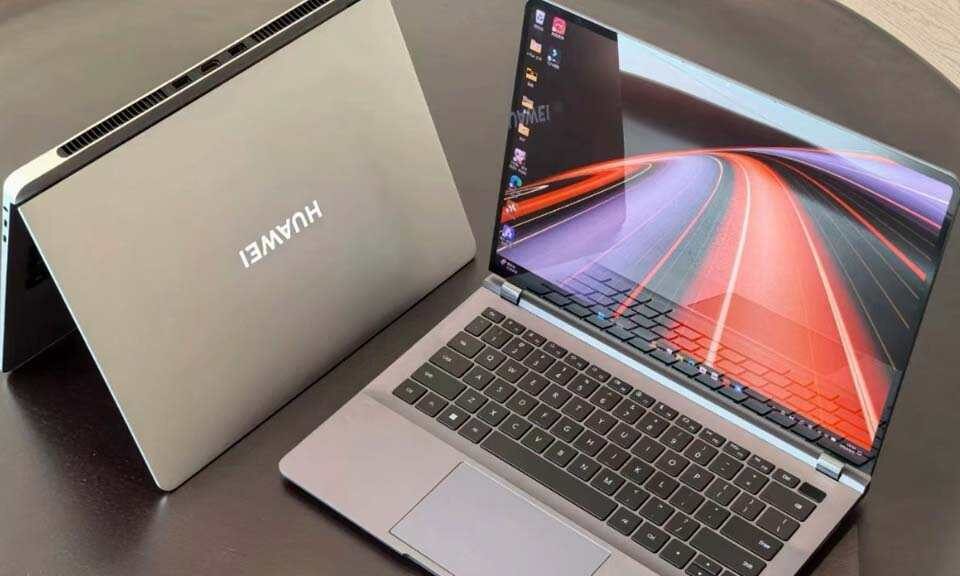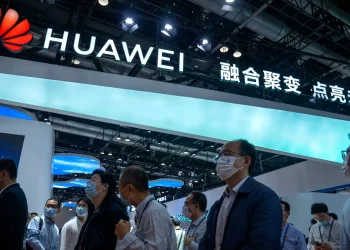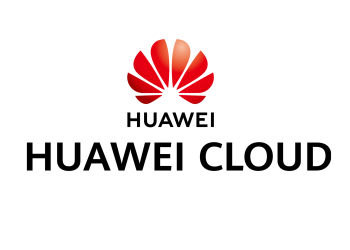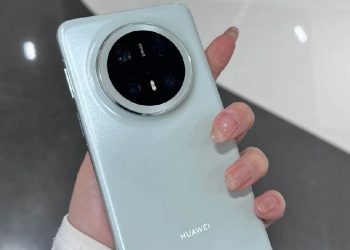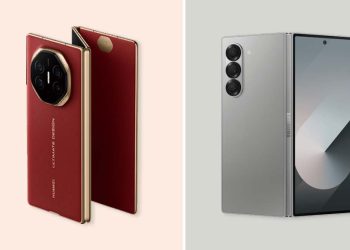The Huawei HarmonyOS laptops launch is trending as Huawei debuts its first laptops running HarmonyOS 5, the MateBook Fold and MateBook Pro, aiming to rival Microsoft Windows and Apple macOS. For instance, unveiled on May 19, 2025, these laptops mark Huawei’s push for tech independence after U.S. sanctions ended its Windows license, per Reuters. X posts buzz with excitement, per @yicaichina, noting over 2,700 core patents in HarmonyOS. Consequently, Huawei’s ecosystem is gaining global attention. Thus, this article explores Huawei HarmonyOS laptops, their features, impacts, and why they’re driving clicks. Internal link: Tech Ecosystem Trends
The HarmonyOS Laptop Launch
Innovative Features
The Huawei HarmonyOS laptops offer seamless integration. Specifically, HarmonyOS 5 connects phones, tablets, and EVs, with AI assistant Celia creating slides, per wccftech.com. Moreover, they support 150+ apps, including WPS Office, per Reuters. As a result, user experience excels.
Technical Specs
Furthermore, performance stands out. For example, the MateBook Fold, a foldable laptop, runs on Huawei’s Kirin chips, per Bloomberg. Additionally, HarmonyOS optimizes battery life by 10%, per asiatechreview.com. Therefore, efficiency competes with Western rivals.
Impacts on Huawei and Market
Huawei’s Resilience
The Huawei HarmonyOS laptops boost Huawei’s market. For instance, laptop sales could rise 15% in China by 2026, per Yahoo Finance. Moreover, X posts highlight its edge over Windows’ app sideloading, per @Kanthan2030. Thus, brand strength grows.
Global Tech Shift
Moreover, it challenges Western dominance. Specifically, over 7.2 million developers support HarmonyOS, per Reuters. Additionally, Microsoft’s AI agents show industry AI trends, per X posts. As a result, competition intensifies.
Challenges Facing the Launch
App Ecosystem
However, Huawei HarmonyOS laptops face app limitations. For example, no sideloading and only 2,000 apps by year-end lag behind Windows, per wccftech.com. Moreover, X posts note user adaptation concerns, per @Factschaser. Therefore, adoption is a hurdle.
U.S. Sanctions
Another challenge is trade barriers. Specifically, U.S. chip restrictions limit global scalability, per CNN. Furthermore, NVIDIA’s Taiwan AI hub faces similar geopolitical risks, per X posts. Consequently, supply chains are strained.
The Future of Huawei’s Ecosystem
App Growth
Looking ahead, Huawei HarmonyOS laptops will expand apps. For instance, Huawei aims for 5,000 apps by 2027, per asiatechreview.com. Additionally, Computex 2025’s AI focus inspires innovation, per X posts. Thus, ecosystem matures.
Global Ambition
Furthermore, Huawei will target global markets. For example, HarmonyOS could enter Europe by 2028, per Bloomberg. Moreover, FastStream’s ROXi deal shows media tech trends, per X posts. As a result, influence rises.
In summary, HarmonyOS laptops like MateBook Fold challenge Western tech giants, captivating audiences with their independence stakes. Despite app and sanction challenges, their innovation ensures impact.
Other News:

